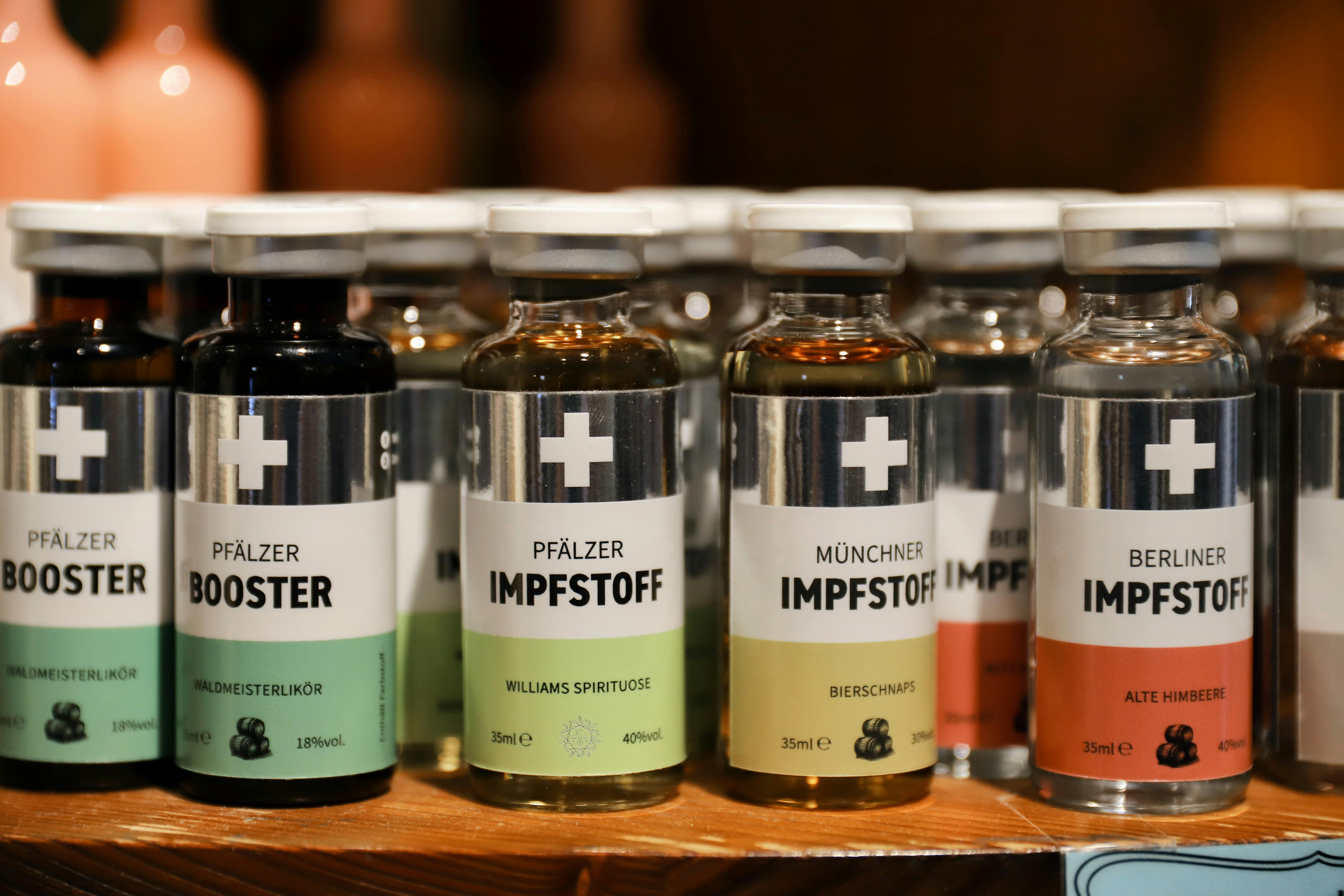The global Superabsorbent Polymers Market play a pivotal role in industries requiring high moisture retention, such as hygiene products and agriculture. These polymers can absorb and retain large amounts of liquid relative to their size, making them indispensable for applications ranging from diapers to water-conserving soil additives. In 2023, the global superabsorbent polymers market was valued at USD 5.00 billion and is projected to reach USD 5.50 billion by 2030 with a modest Compound Annual Growth Rate (CAGR) of 0.67%. This article explores key insights into the market dynamics, segmentation, and growth prospects for SAPs from 2024 to 2030.
Market Overview
Superabsorbent polymers are widely used in products requiring high absorbency, particularly within the hygiene sector for products such as baby diapers, adult incontinence products, and feminine hygiene items. Other industries, including agriculture, leverage SAPs for water retention in soil, particularly in arid regions. Although the growth rate in the SAP market is relatively slow at 0.67% CAGR, the sector remains steady due to sustained demand in these core applications.
Key Market Players
The global SAP market is led by prominent industry players, including:
- EVONIK Industries
- BASF
- Nippon Shokubai
These companies drive innovation and market supply, focusing on improved SAP performance, such as higher absorption rates, environmental sustainability, and enhanced biodegradability. Research and development efforts among these key players also aim to expand the use of SAPs in new and emerging sectors, addressing market demand for more sustainable and efficient materials.
Market Segmentation
1. By Type
- Starch-based SAP: Made from renewable sources, starch-based SAPs are an eco-friendly alternative in the SAP industry, attracting attention for their biodegradability.
- Cellulose-based SAP: Derived from natural cellulose, these SAPs are valued for their high absorbency and are commonly used in hygiene applications.
- Acrylic Resin SAP: Acrylic resin-based SAPs are the most widely used type due to their superior absorbency and cost-effectiveness. They dominate the baby diaper and adult incontinence product segments.
2. By Application
- Baby Diaper: The largest segment within the SAP market, driven by the growing global population and increasing demand for high-quality, ultra-absorbent diapers.
- Adult Incontinence Products: With an aging population worldwide, adult incontinence products represent a steadily growing market for SAPs. These products provide comfort and convenience for elderly consumers.
- Feminine Hygiene: Feminine hygiene products, such as sanitary napkins and tampons, benefit significantly from SAPs, which enhance absorbency and user comfort.
- Others: SAPs are also used in applications beyond personal hygiene, including agriculture for soil moisture retention, medical products like wound dressings, and even environmental clean-ups.
Market Growth Drivers
1. Increasing Demand for Hygiene Products
A key factor driving the SAP market is the rising demand for disposable hygiene products. As living standards improve globally, consumers seek convenient, high-performance hygiene products. SAPs enable the production of lightweight, highly absorbent baby diapers, adult incontinence products, and feminine hygiene items, making them essential in modern-day hygiene solutions.
2. Growing Aging Population
The aging global population contributes to increased demand for adult incontinence products. SAPs provide these products with high absorbency, essential for elderly users seeking comfort and ease of use. This demographic trend supports consistent demand for SAPs, particularly in regions with a significant elderly population.
3. Sustainability Trends in Personal Care
Sustainability concerns are influencing consumer preferences, prompting manufacturers to develop environmentally friendly SAPs. Biodegradable SAPs, such as starch- and cellulose-based variants, align with these trends, offering a renewable and less environmentally harmful alternative to traditional SAPs.
4. Expanding Agricultural Applications
Although a smaller segment, agriculture has become an emerging area for SAP applications. In regions where water scarcity is a concern, SAPs are used in soil to improve water retention, benefiting crop growth and reducing irrigation needs. With increasing climate variability, SAPs in agriculture may experience higher demand, particularly in arid and semi-arid regions.
Regional Analysis
1. North America
North America holds a significant share in the SAP market, driven by high demand for personal hygiene products. The U.S. market is particularly strong, with a large base of baby diaper and adult incontinence product users. In addition, sustainability efforts in the region drive research into more eco-friendly SAP alternatives.
2. Europe
Europe is witnessing growth in SAP demand, supported by stringent regulations for hygiene products and sustainability. European consumers prioritize environmentally friendly products, creating a favorable market for biodegradable SAP options. Countries like Germany and France have well-established SAP markets, bolstered by the region's robust healthcare and personal care sectors.
3. Asia Pacific
Asia Pacific represents one of the fastest-growing regions for SAPs, thanks to its large population and rising disposable income. Rapid urbanization in countries like China, India, and Japan has driven the adoption of disposable hygiene products, spurring SAP demand. Additionally, agricultural applications in water-scarce areas support SAP growth in this region.
4. Latin America
Latin America’s SAP market is expanding due to increased awareness and demand for hygiene products across the region. Countries like Brazil and Mexico are seeing higher consumption of SAP-based products as living standards rise. The region's agricultural sector also shows potential for SAP applications, given its varying climate and water scarcity in certain areas.
5. Middle East & Africa
Although a smaller market for SAPs, the Middle East and Africa region holds potential for growth. Increased healthcare awareness and demand for hygiene products are driving SAP demand. Agricultural applications are also likely to grow in the arid areas of this region, where water conservation is a priority.
Challenges in the Superabsorbent Polymers Market
1. Environmental Concerns
While SAPs offer numerous advantages, they also raise environmental concerns. Traditional SAPs, especially those based on acrylic resin, are non-biodegradable, leading to long-lasting waste in landfills. This issue has prompted industry players to explore biodegradable alternatives, though these options are still in the development stages and can be more costly.
2. Cost Constraints
Producing high-performance SAPs, particularly biodegradable versions, can be expensive. The increased cost can be a barrier, especially in price-sensitive regions where consumers may prioritize affordability over sustainability. Manufacturers continue to work on optimizing production to make sustainable SAPs more cost-competitive.
3. Regulatory Challenges
Regulatory policies around hygiene products and environmental impact influence SAP production and use. Regions with strict regulations on plastic and non-biodegradable materials may impose restrictions on certain SAP types, affecting market dynamics. Compliance with these regulations requires manufacturers to adopt innovative approaches and invest in R&D.
Future Outlook
The superabsorbent polymers market is projected to reach USD 5.50 billion by 2030, maintaining steady growth at a 0.67% CAGR. While modest, this growth reflects the consistent demand for SAPs in core applications such as baby diapers, adult incontinence products, and feminine hygiene. The trend toward sustainable, biodegradable SAPs is likely to continue, with advancements in starch-based and cellulose-based SAPs offering a promising alternative to traditional acrylic-based polymers.
As industries adopt greener practices, companies in the SAP market will likely increase their focus on renewable and biodegradable SAP options. In the future, SAP applications may also expand beyond hygiene and agriculture into areas such as environmental cleanup and medical products, creating new opportunities for growth.
Conclusion
The superabsorbent polymers market is poised for steady growth, driven by the ongoing demand in personal hygiene products and emerging applications in agriculture and other sectors. Although environmental concerns pose challenges, innovations in biodegradable SAPs offer a pathway toward more sustainable practices. With key players like EVONIK Industries, BASF, and Nippon Shokubai leading the way, the SAP market will continue to evolve, meeting the demands of a diverse and environmentally conscious consumer base. As we move toward 2030, advancements in SAP technology and expanding applications will shape the future of this essential polymer market.
Browse More:
Four days of failed medical care end in the tragic death of a three-year-old girl in Girona








